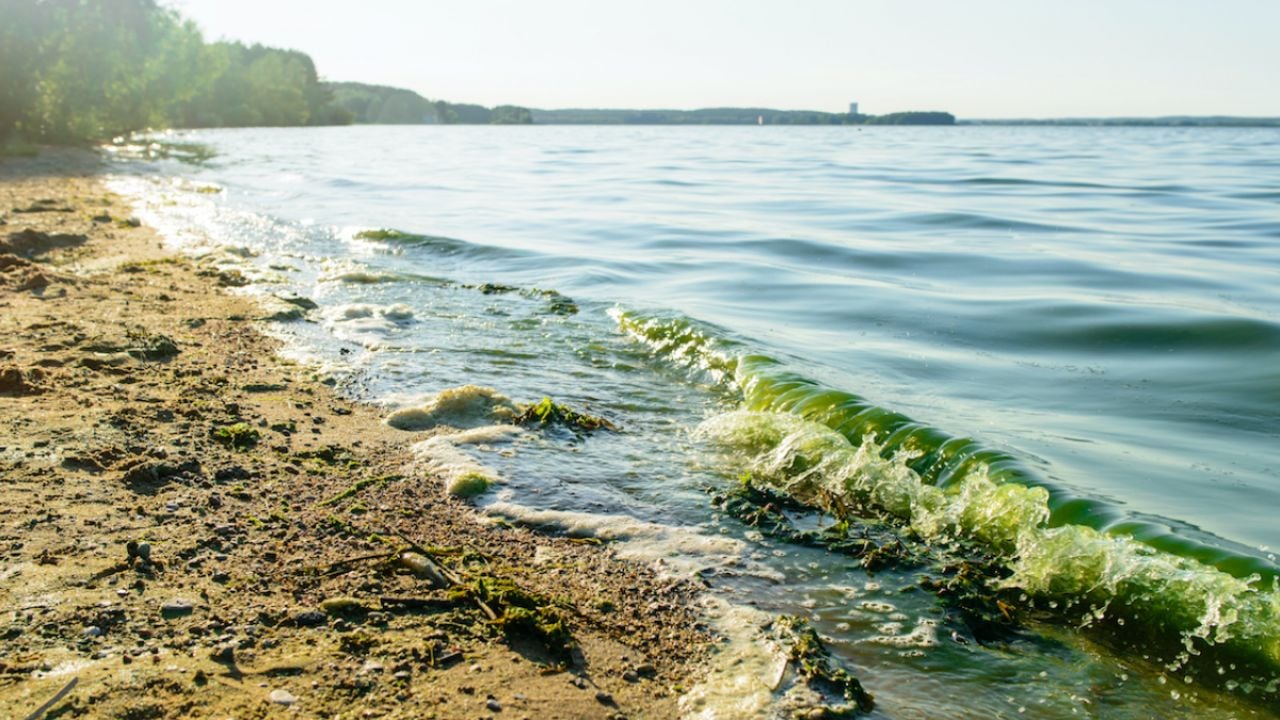
Harmful algae blooms caused 321 emergency room visits between 2017 and 2019 for respiratory, gastrointestinal, neurologic and skin problems, a new Centers for Disease Control and Prevention study says.
The blooms identified in the report, including blue-green algae and red tides, are caused by nitrogen and phosphorous pollution that often comes from agricultural runoff. Already in 2021, news media outlets in at least 39 states have reported almost 400 potentially toxic algae outbreaks, and the ongoing climate crisis is expected to worsen the problem.
Even though 321 emergency department visits are significant, the new study, which assessed hospital emergency department data from across the country, likely undercounts the true scale of public health harms from algae exposure. The true number is probably much higher, because only 70 percent of national ER visits were included in the study. And depending on patients to say and know whether they were exposed to toxic algae is an unreliable approach.
The researchers determined whether a visit to the emergency department was caused by algae in two ways – if the visit had an official hospital code for toxic algae, representing about a third of cases, or if the patient’s complaint mentioned algae, which accounted for about two-thirds of cases.
People are exposed to harmful algae through breathing in toxins, ingesting them or skin contact. Blue-green algae, which are tiny organisms called cyanobacteria, can produce dangerous toxins that cause many short-term health impacts, like vomiting, diarrhea and sore throat, and longer-term problems like liver failure and cancer.
There are thousands of species of algae, some that produce toxins and others that don’t. Among those that do, there are many different toxins, each of which have different health effects, as outlined by EWG. Microcystin, cylindrospermopsin, anatoxin-a and saxitoxin seem to be the most common toxins produced by cyanobacteria in the U.S.
Not all algae blooms produce toxins that are harmful to human health, and not all exposures to toxins come with a visible bloom. However, the problem is significant, and it’s well known that people are treated for algae toxin exposure every year without algae being reported as the cause, since people often do not realize they’ve been near a toxic outbreak.
Algae outbreaks are triggered by nitrogen and phosphorus that pollute bodies of water. Heat and sunlight make the problem worse. Nutrient pollution can come from different sources, but a main source of pollution that generates algae outbreaks is fertilizer and animal manure that run off farm fields and get into water.
The CDC study looked only at short-term health impacts. It found that respiratory issues were the most common symptom reported. Gastrointestinal symptoms were the next most common, followed by neurologic and dermatologic problems, such as skin rashes.
The study also acknowledged the effect of the climate crisis on algae exposure sickness. Algae outbreaks are already becoming more common and lasting longer because of climate change, and they are likely to get even worse. Warmer temperatures and more frequent extreme precipitation events are the perfect conditions for algae to grow. With more toxic blooms happening and lasting longer, we will see more cases of illness.
In 2017, EWG launched a map that is updated every two weeks from Memorial Day to mid-October with locations of current and historical news reports of both toxic and non-toxic blue-green cyanobacteria blooms, going back to 2010.



